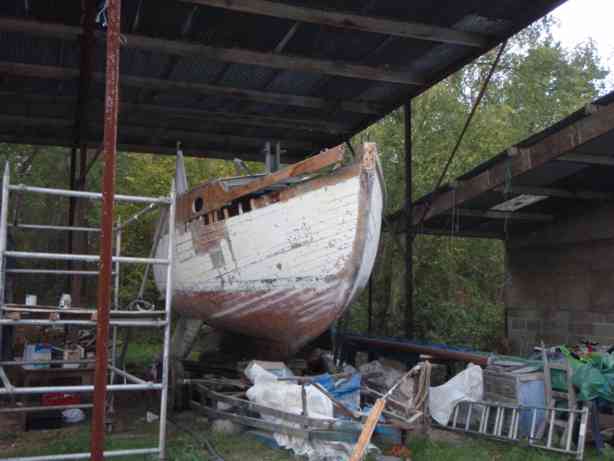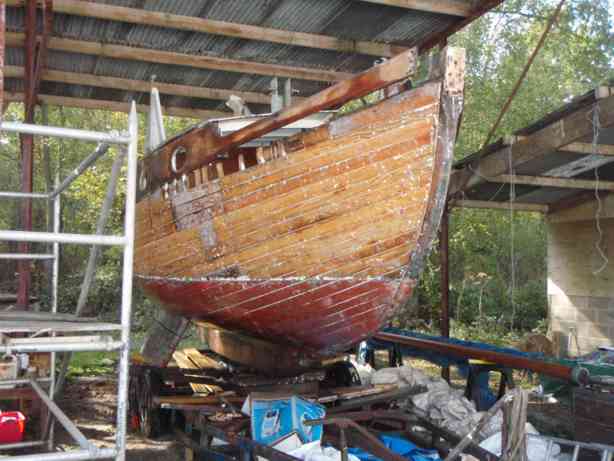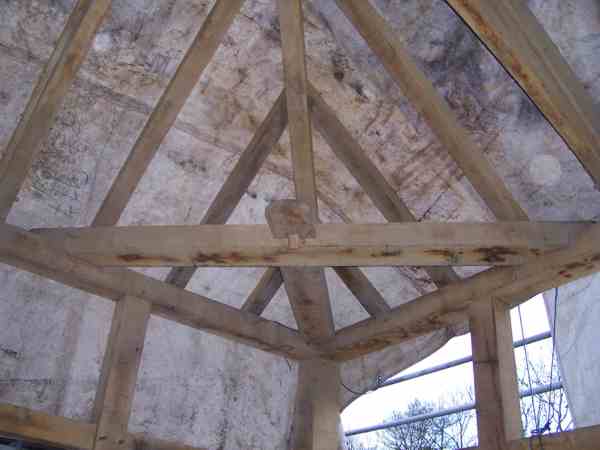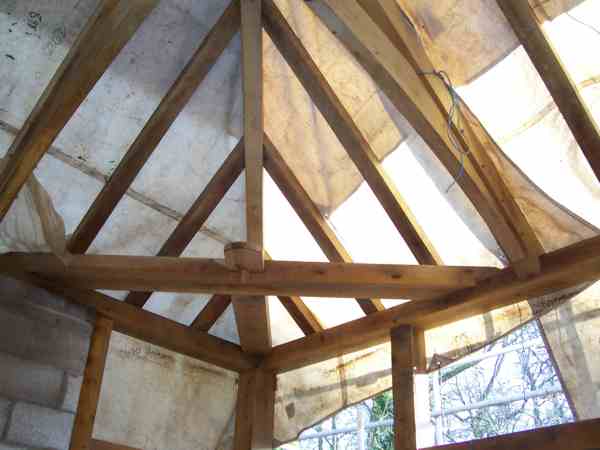Sand Jet Cleaning of Wood
A data sheet on our wood cleaning services, a suitable summary for printing is available in PDF format, wood cleaning datasheet
We specialise in using a low pressure sand jetting system that has been used nationwide for property restoration, including gaining approval for and subsequently working on many Listed Buildings.
The system, in our trained hands, causes minimal damage to an underlying surface and is flexible enough to tackle most property restoration cleaning tasks.
The low pressure sand jet can clean bricks without injecting large quantities of water into the surface, and with minimal surface damage. At the same time, the 'wet' system also captures dirt and abrasive, preventing the health and safety risks associated with dry blasting.
However, the damp nature of the blast does mean that the abrasive and removed dirt / paint stick to surfaces (as can be seen in these photographs) - this can be washed out, or left to dry and brushed out. But we have now re-discovered that dry blasting can, if the operator is careful, be quite effective; so we now offer that service as well. It is one of those 'swings and roundabouts' things - the dry blast will use more abrasive and create lots and lots of dust (see the dry blast page), but is perhaps a little easier to clean up on the day.
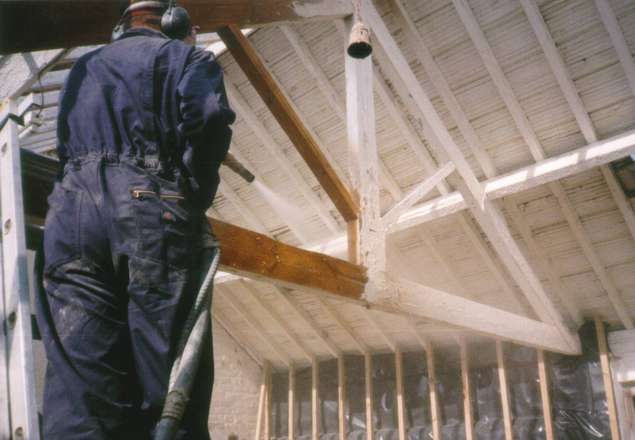
A Partly cleaned soft wood beam in York, June 2002. Having seen this photo on someone else's website I can assure you that the person on the ladder is Louis, and I can take you to the building!

Fire Damage
This was a soot blackened beam in a school kitchen in hull.
Internal Beams
A set of photographs from May 2006. A job that with hindsight would have been better done with the dry system. This was the last time that we used the damp blast machine to do beams like this!
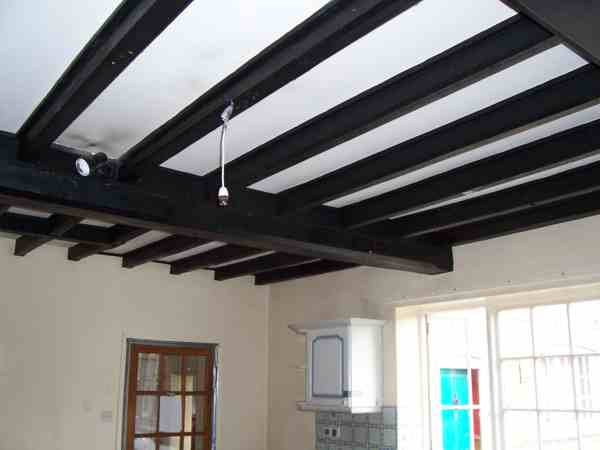
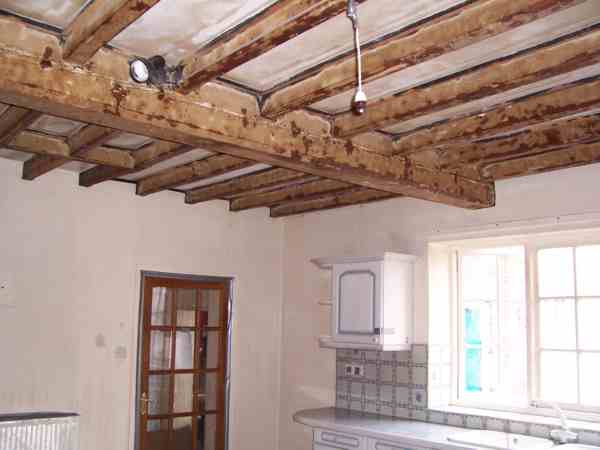
It is worth noting - that underneath paint we can't in anyway guarantee that the beams will be consistently clean and nice timber - there may be a reason that they were painted black in the first place. The white 'paint' in this photo is actually putty embedded into the cracks in the wooden beams (to get a nice smooth finish for the dark paint) - and the dark brown patches are where a previous wood stain has soaked deep into the wood. On the whole - it was probably a good idea to paint these beams originally! But without removing the paint - you can't tell!
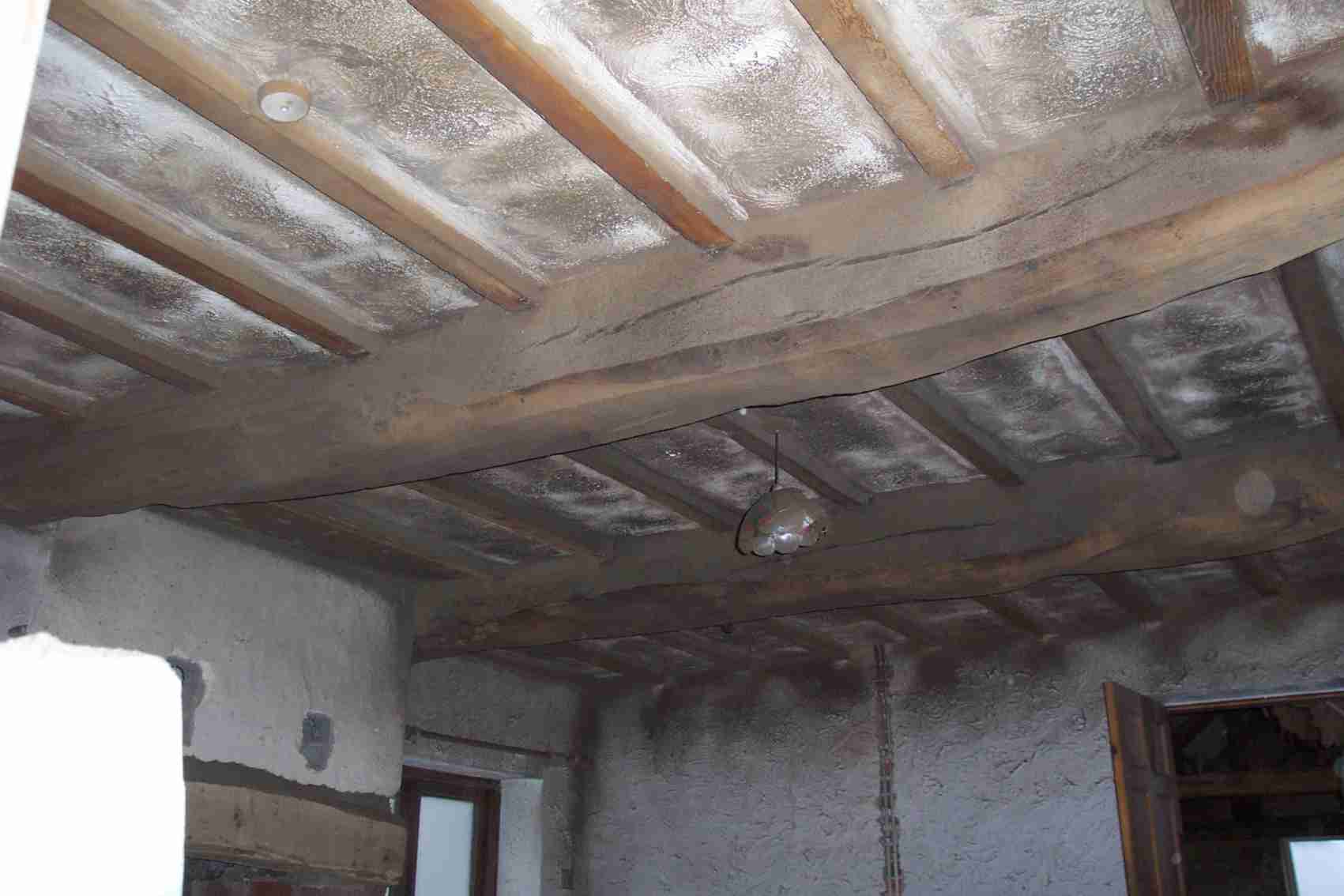
This is the intermediate ' photograph - showing beam paint and abrasive stuck to surfaces. -and this is why we don't use the machine on this sort of job anymore!
External Wood
Outside however, there is nothing better for removing paint from wooden surfaces - and minimising damage.
Green Oak
Green Oak blasting can be carried out - again with either damp or dry machines - the damp machine does cause less surface damage and can 'pick off' dirty patches without roughening the whole surface. But if the house is more complete than this one in East yorkshire, I would again be favouring the dry machine - for ease of cleaning up.
Other Wooden Bits!

A Pine (and Plaster!) fireplace, cleaned of paint August 2004 - before cleaning the other half.
Key Benefits
- The low pressures mean that the sand jet is gentle enough to clean delicate surfaces, yet powerful enough to strip multiple layers of paint in one pass.
- It is not a chemical process so no noxious or harmful slurries or fumes are generated.
- As it uses only minimal amounts of water and abrasive the system is regularly used indoors.
- Nothing like as messy as other systems, the low pressures mean that secondary mess (dust being blown out of floorboards etc.) is also minimised.
- Keeping to the requirements of BS 8221-1&2 :2000 the British Standard Code of Practice for Cleaning Building Surfaces
- No interference with other work in area.

